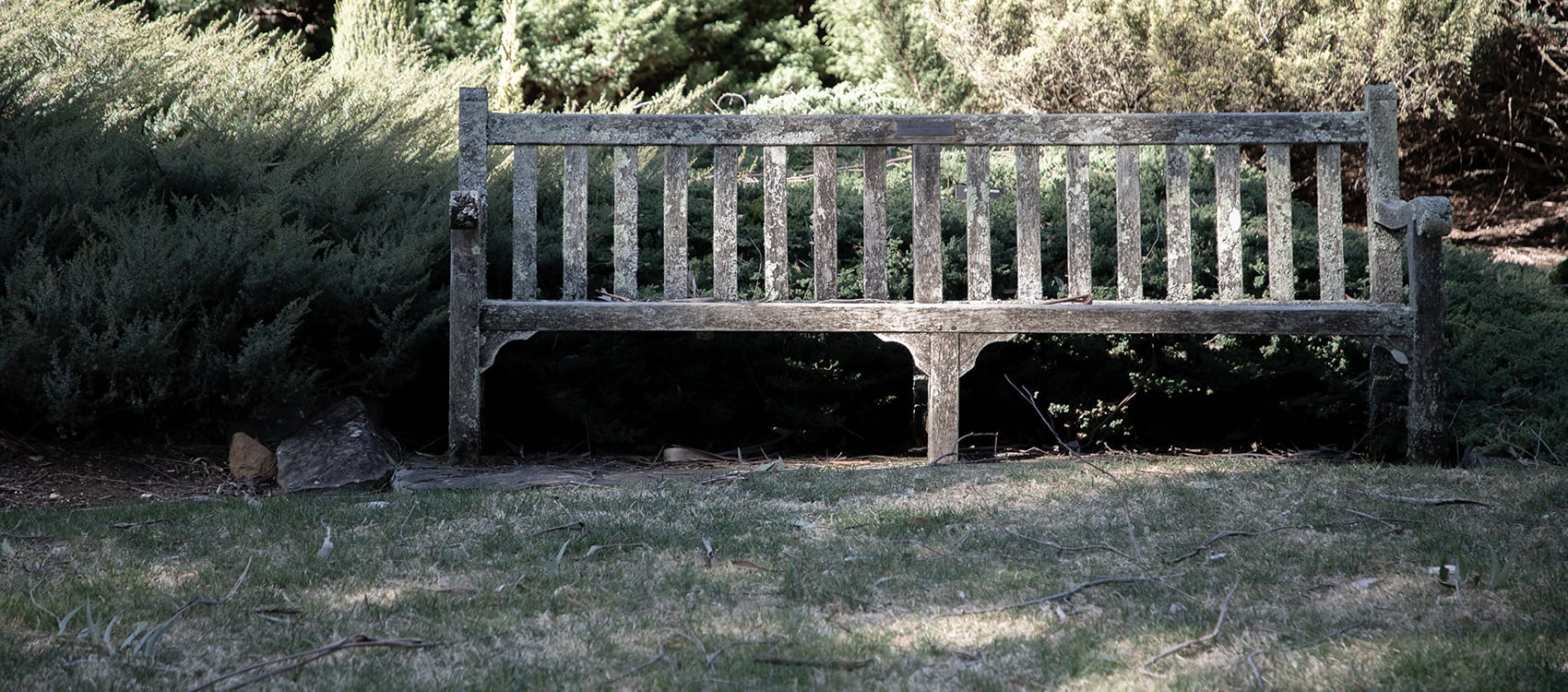"Tomah" is reputedly an indigenous word meaning "tree fern".
European discovery and settlement of the area began in 1804 when naturalist George Caley became the first European to visit Fern Tree Hill, now know as Mount Tomah.
In 1823 Archibald Bell, with Aboriginal guides, surveyed a route across the northern Blue Mountains. This would become Bells Line of Road.
Bell was followed later the same year by the botanist Allan Cunningham. Cunningham would go on to serve as Superintendent of the Sydney Botanic Garden from 1837 to 1838.
Susannah Bowen received the area's first land grant in 1830. The property was used as a dairy and cattle resting paddocks. Three sawmills also operated from the grant milling coachwood (Ceratopetalum apetalum), sassafras (Doryphora sassafras) and brown barrel (Eucalyptus fastigata). These species still dominate the rainforest sections of the Mount Tomah to this day.
In 1934 French-born horticulturist Alfred Brunet and his Australian wife Effie acquired the property on which the current Garden sits. They operated a cut-flower farm to supply florists in Sydney. The Brunets specialised in bulbs and other cool-climate plants.
During the early 1960s, the Brunets proposed to donate their land in Mount Tomah to the Royal Botanic Garden in Sydney to form a new annex of the Garden.
They formally presented the land for the Mount Tomah Botanic Garden in 1972. With State and Commonwealth Bicentennial funds for development, the Garden opened to the public on 1 November 1987.
Since 1993, the Blue Mountains Botanic Garden has included 186 hectares of sandstone woodland and gullies to be maintained as a conservation area.
